It is such a blessing to live near the coast and I never, ever take it for granted. The natural beauty of the coastline nourishes my heart and soul and fills me with awe and deeply felt gratitude. Taking walks on the beach and connecting to nature is my go-to practice for de-stressing. I always come home refreshed and uplifted. One of the blessings and highlights of walking is observing all the coastal birds that live here on the Central Coast of California (or visit here on their migratory paths). It is a privilege and a joy to witness them in flight, feeding, foraging, singing, building nests, and feeding their babies… Sometimes I take videos or photos as a way to savor the moment a bit longer.
.
Living on the coast means sharing the coast with the birds who depend on nature’s resources for survival. Living on the coast also means sharing with others who come here: visitors, tourists, vacationers, or people coming from the hotter interior of our state to enjoy a refreshing day at the beach. Although my beach walks help me to de-stress, this can be interrupted with stressful things to navigate such as finding less busy stretches of beach so it’s quieter and less hectic – fortunately I know some areas which are much less crowded. It’s nice to know that most people who come to visit are also enjoying and appreciating the beautiful coastline and wildlife experience.
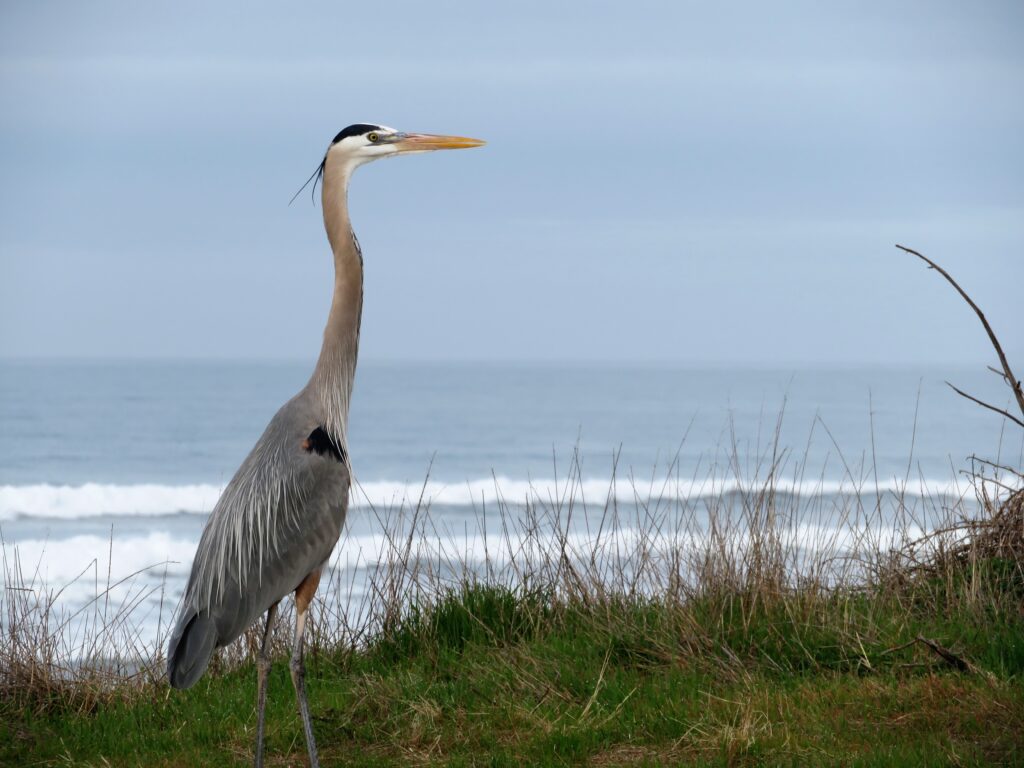
When I saw an article headline this morning “How To Approach Birds Without Scaring Them” I thought of the one thing that always “zings” my stress meter and hurts my heart: when I see a child, or group of children, chasing birds who are foraging and feeding on the beaches… and no one saying anything to help the child learn that it’s not okay. I know many of you belileve this is “harmless” and “good fun” and many of you will argue and present justification why it’s “no big deal”. I disagree whole heartedly and would like to suggest using this as an opportunity to teach kindness and compassion AND to teach an alternative approach that fosters respect and awe. Help cultivate a sense of stewardship rather than domination.
Chasing birds is not okay and should never be acceptable. It is unkind, disrespectful, and can be distressing and traumatizing for the birds. It can cause parents to abandon their nesting areas and babies, or fall prey to other predators due to exhaustion. By allowing children to chase birds we are sending the message that it’s acceptable to frighten them – they get a surge in the brain of “pleasure” from this cause and effect. When they get bored of this, what will they do next time to feel that “pleasure”? Sometimes chasing turns into throwing things at them. It turns to laughter and sometimes shared laughter further ingraining the “okayness” of this activity. What other animals will they chase or taunt? By practicing empathy and compassion in our relationship with animals, we are also instilling these values and relationships with people!
I am NOT saying every child who chases birds has mal-intent. They just may unaware of the impact it has. Model empathy and concern for the bird. Help your child imagine how many times a day birds are having to be alert for other birds trying to take their food, or take them out as food. Why would we want to add one more stressor to their day? Multiply that one chase by all the people walking by them, and worse, chasing them, throughout the day. According to the National PTA Congress, “Children trained to extend justice, kindness, and mercy to animals become more just, kind, and considerate in their relations to each other. Character training along these lines will result in men and women of broader sympathies; more humane, more lawabiding, in every respect more valuable citizens.”
In another blog I wrote a few years ago about kids taunting a seagull I shared this important quote:
Studies have shown that children learn cruel and violent behavior from those around them, and that animal abuse often precedes violence toward other people. Indeed, in almost every major act of violence, from the Columbine massacre to serial killings, authorities have found animal abuse in the perpetrator’s background. This common origin of violence perpetrated against animals and against people makes it imperative that we teach compassion and demonstrate concern for all living things. By the time young people exhibit cruel behavior toward animals it is often very difficult to change that behavior, making it essential that adults in every part of the community help children learn to treat animals with kindness. While not every child who is cruel to a pet grows up to be a criminal, there is a strong correlation between cruel behavior toward animals and lack of empathy for human beings. *
*From Be Kind to Animals: Encouraging Compassion through Humane Education
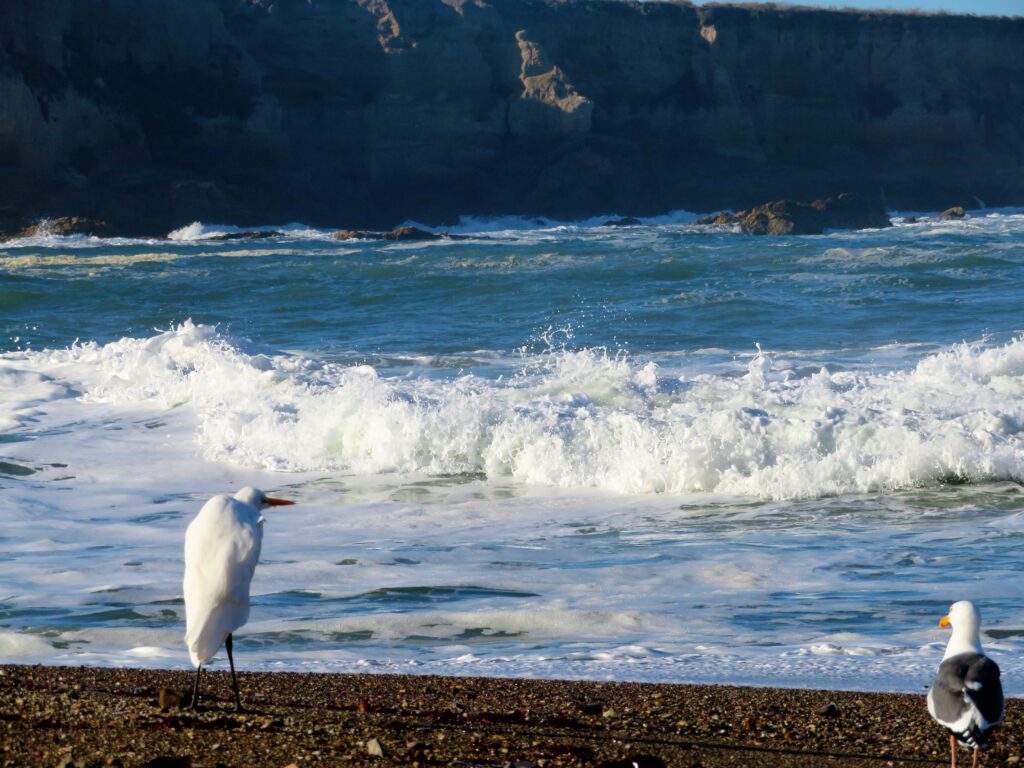
It is our adult responsibility to help impart this wisdom on our children, beginning with the first time they chase a bird. Even a baby in diapers crawling towards a bird we can lovingly scoop them in our arms and whisper “Oooo! Pretty bird. Let’s watch! Look at those beautiful white feathers.” Model a gentle and respectful way to engage with, and share space and time with these diverse creatures through observation, appreciation, and awe. Look, listen, and feel connected. We can let nature be our teacher. You can be the bridge and help guide children on a lifelong journey of compassionate engagement with all of life, from feathered beings, to furry beings, to human beings. Let us be kind and be loving.
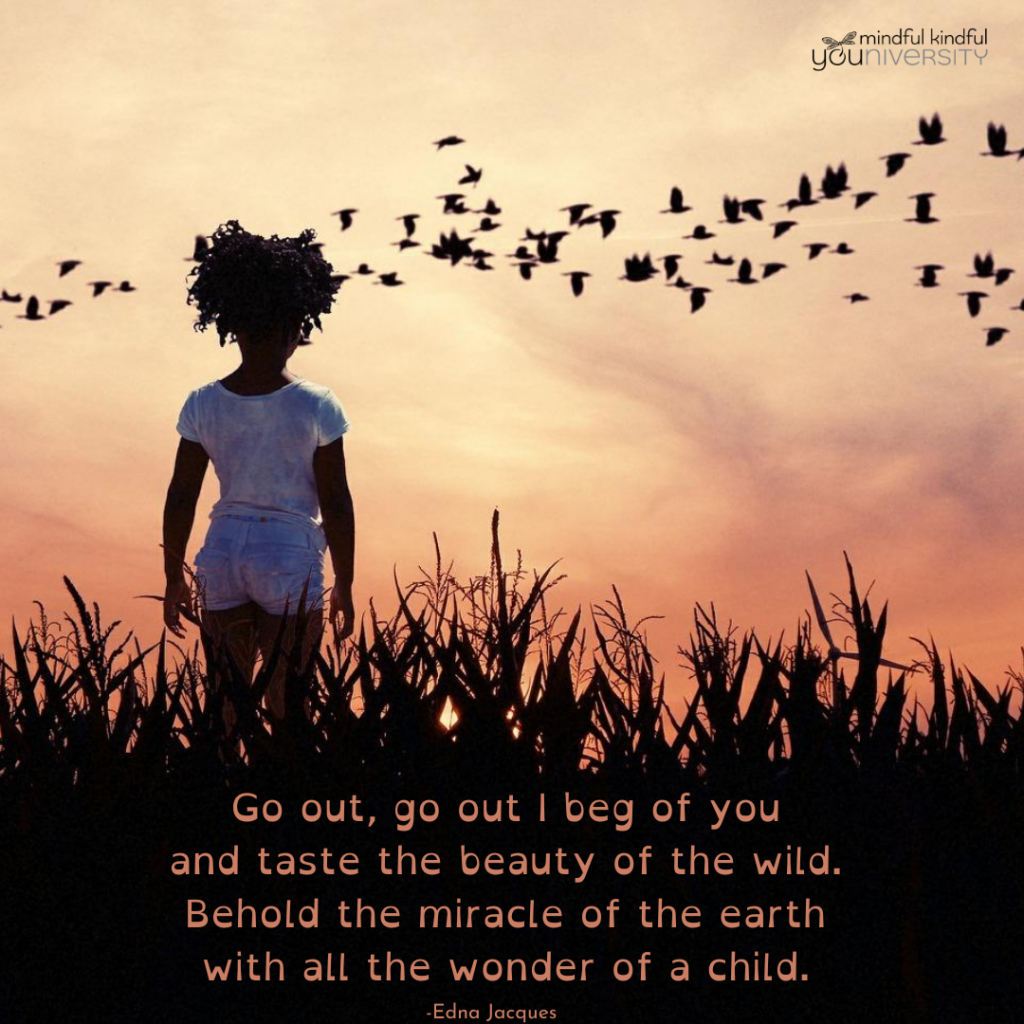
Model Mindful, Kindful, Peaceful Engagement with Birds:
- Cultivate curiosity, focus, and appreciation while observing birds. What do they look like, sound like, and behave like from a safe and respectful distance? Do we always have to approach or can we just watch?
- Cultivate appreciation, attention to detail, and connectedness by sketching/drawing or taking photos. Or simply observe.
- Cultivate awareness and sensitivity by observing their behaviors when they are relaxed vs stressed and backing off if they are showing signs of stress. Learn tips for getting closer for observation, photography, or sketching (learn more: https://nature-mentor.com/how-to-approach-birds/)
- Cultivate curiosity and love of learning ~ learn identification and interesting facts via books/apps.
- Cultivate awareness, stewardship, and wisdom – notice posted signs about staying out of fragile nesting areas or about refraining from feeding birds human food (such as bread) for your own amusement. There’s reasons we may nothing about.
- Cultivate compassion, caring, and stewardship by encouraging birds to come to your backyard with bird feeders, bird baths, trees, flowers or other ways you have learned.
- Learn about Wildlife Rehab Centers in your own area such as the Pacific Wildlife Care Center in Morro Bay, CA
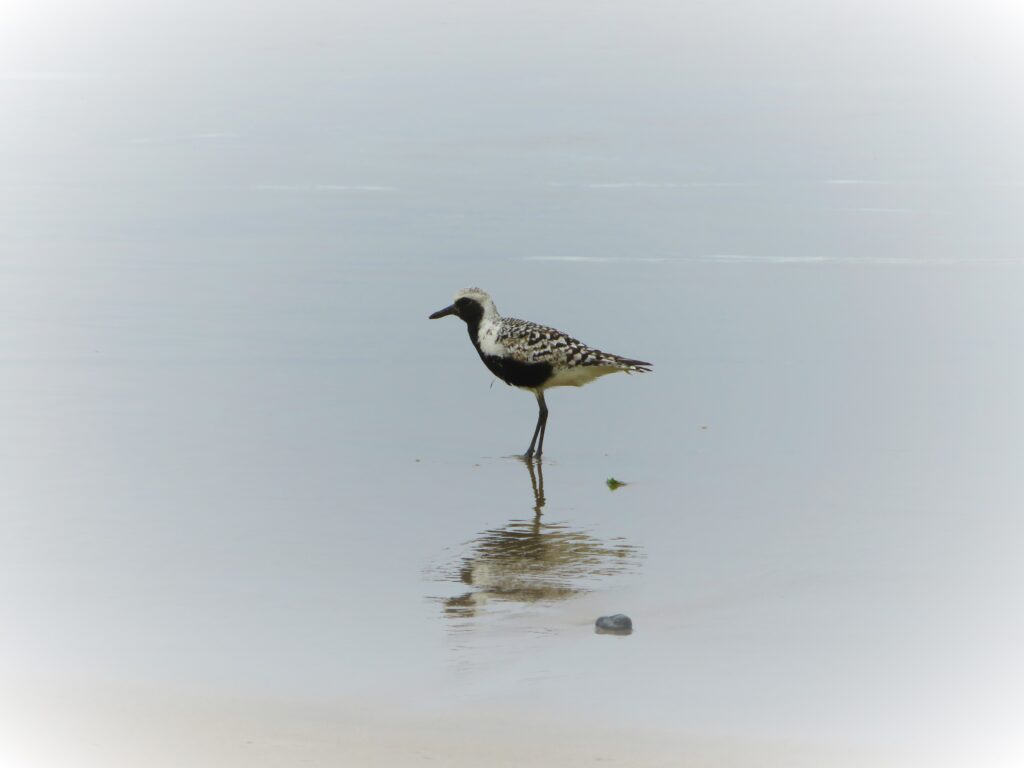
ADDITIONAL READING:
“Am I Being too Sensitive?” A few summers ago I wrote…
“Am I being too sensitive?” The thought crossed my mind the other day following an upsetting incident near the end of my walk on the beach. I dug deep within and listened for my answer. What came up was a mighty voice roaring within — “I would rather be ‘too sensitive’ than not have any, or enough, sensitivity!” I was fighting through some tears and trying to calm my agitated mind and distraught heart. I had just encountered three children, likely siblings, ranging from about 5 years to 12 years, who were taunting a very sick seagull. > READ MORE <
‘Let’Em Rest, Let’Em Nest’ Set to Save Shorebirds
“When the birds are on our beaches it’s like a layover when traveling on an airplane — they haven’t reached their destination yet and they are tired, hungry and desperate to rest and refuel. Any disturbance to migrating birds during their time spent on the S.C. coast can be life-threatening. Extra strength used to escape or fend off intruders, being chased by dogs or children, or even scarcity of food and habitat can derail a bird’s migration and nesting. The best thing we can do is simply to let ‘em rest, and let ‘em nest and give the birds plenty of space so they don’t feel threatened,” Schillerstrom adds. “For these birds, it’s the difference between life and death.” > READ MORE <
Nine Ways To Share The Beach With Shorebirds This Summer
Learn about our outdoor Summer 2021 series
“Nourished by Nature”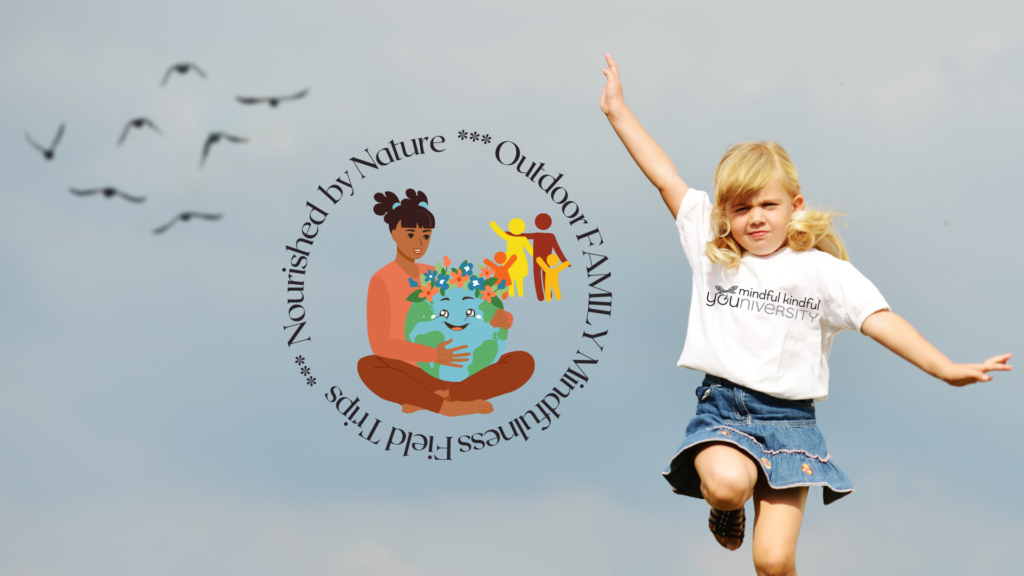
Retreat style meet-ups for adults and fun family “field trips”
on the Central Coast of California in San Luis Obispo County
and our virtual self-paced “Mindful Explorers” nature-based mindfulness program for families and classrooms

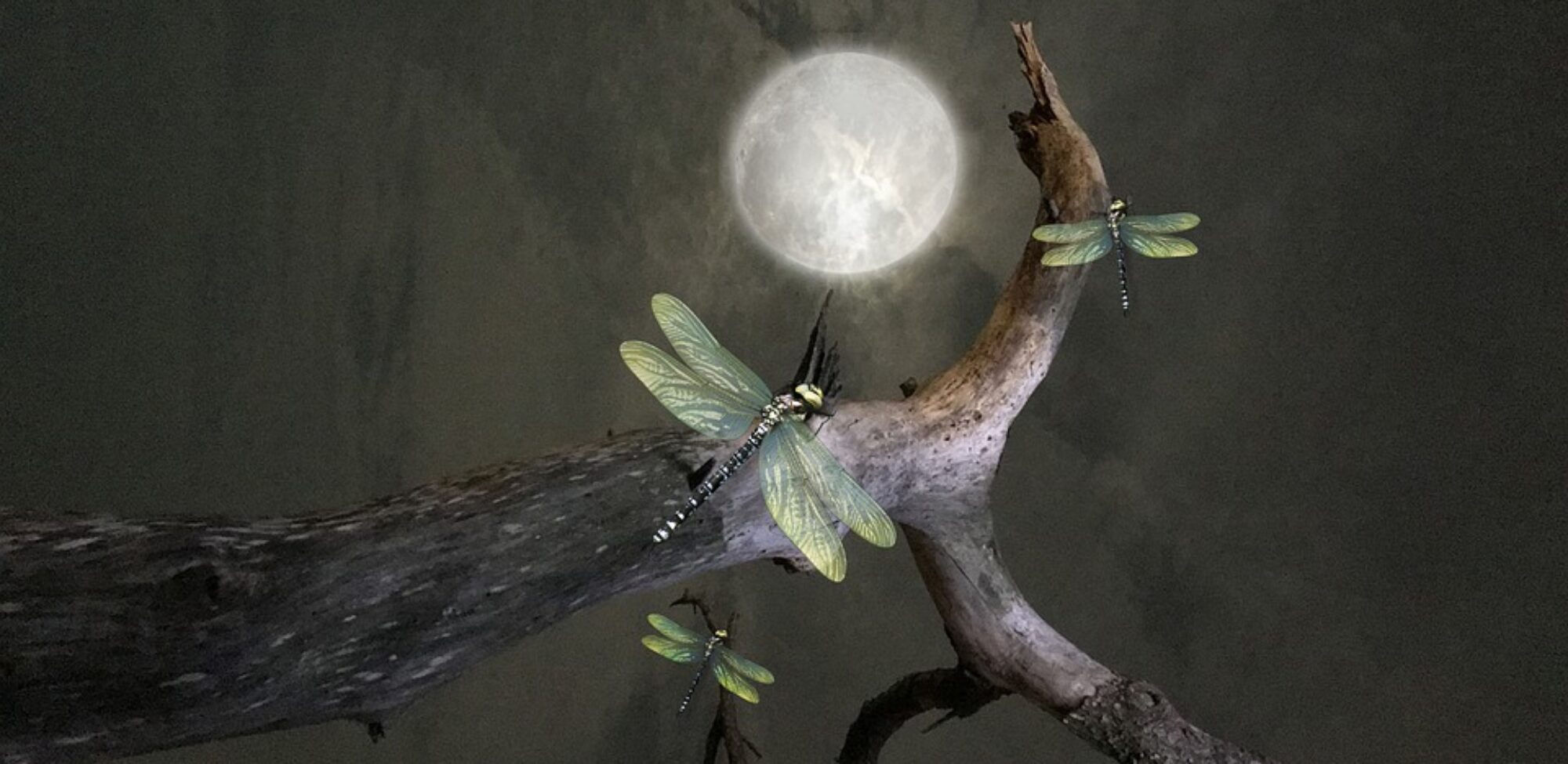



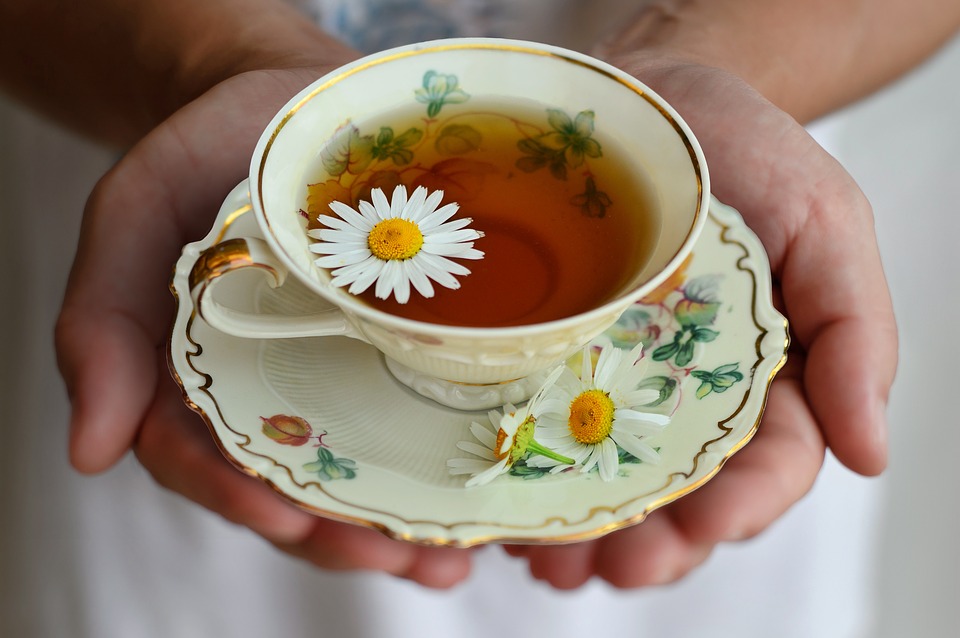

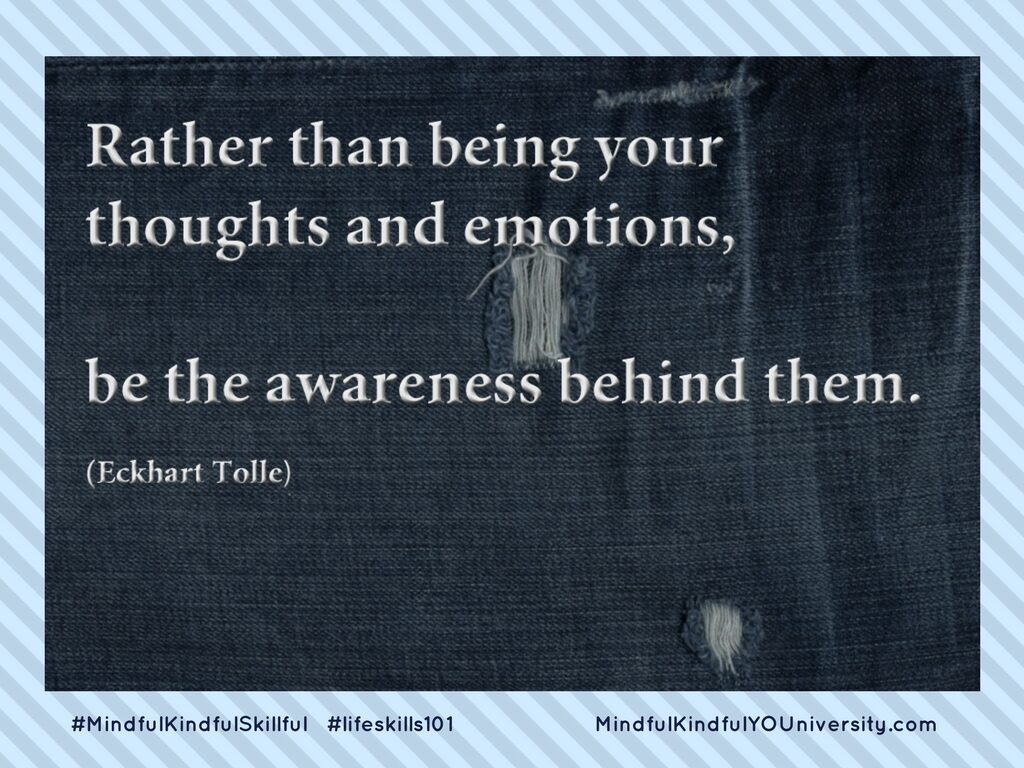
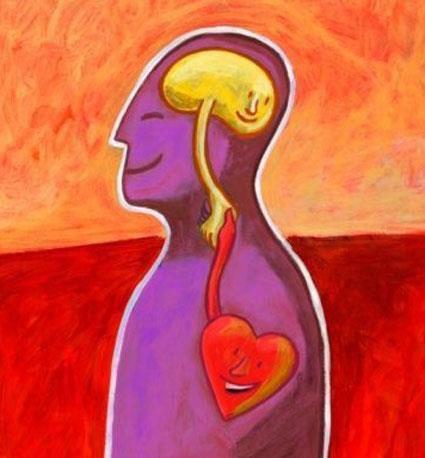





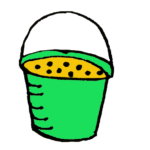

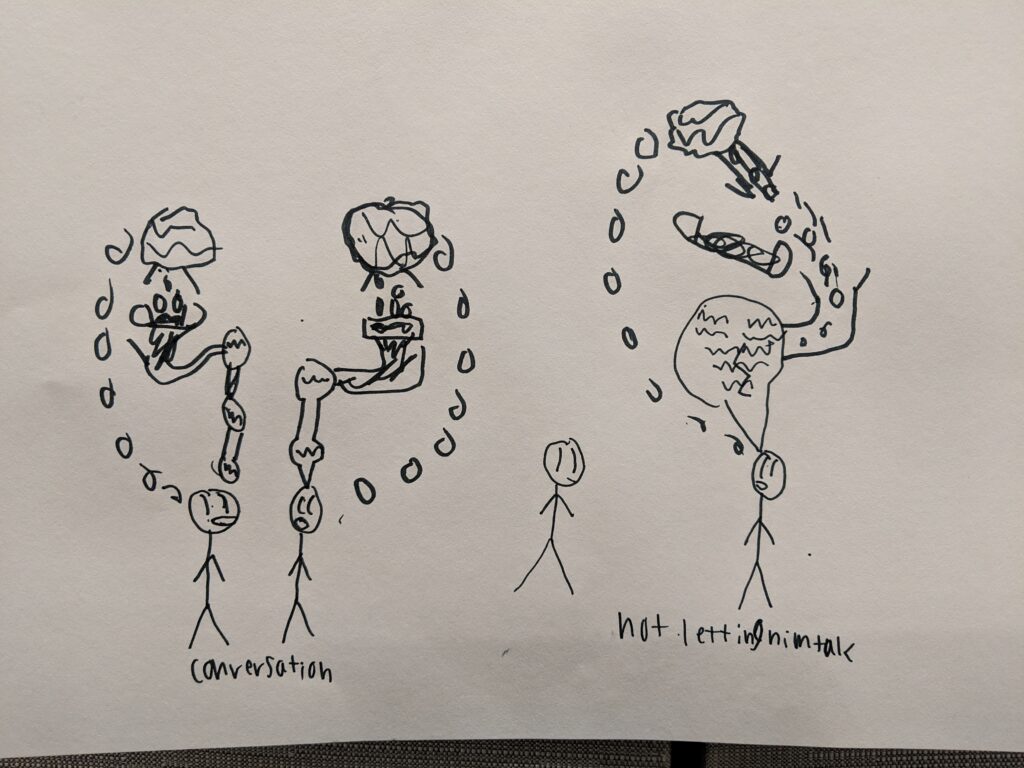
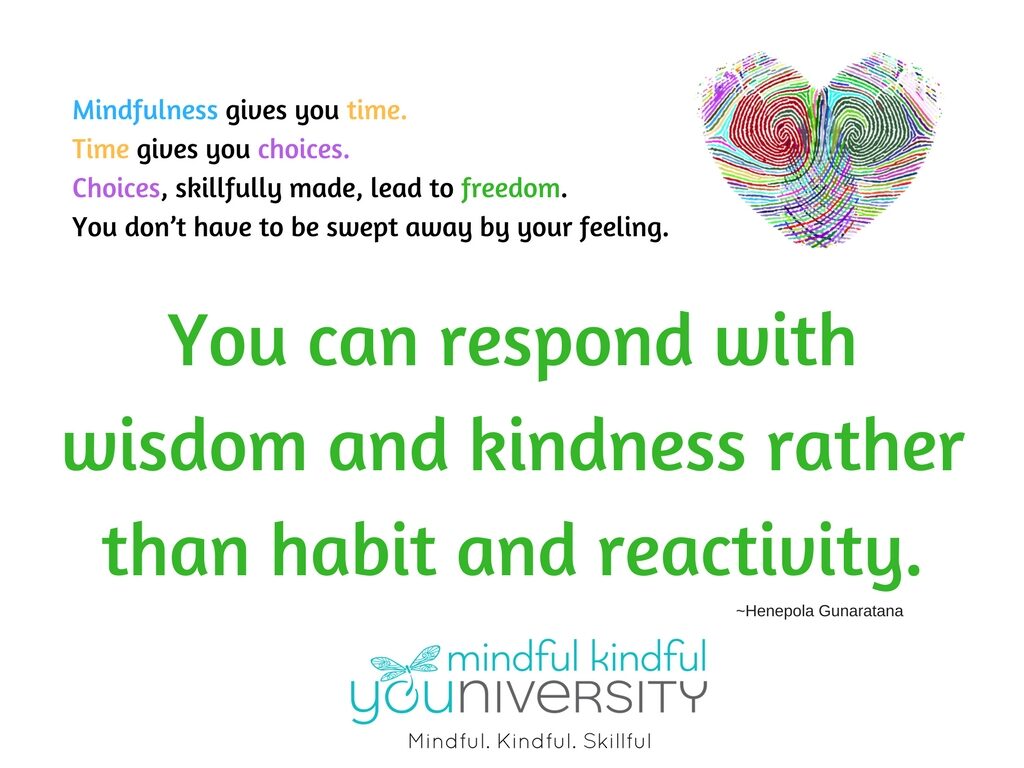


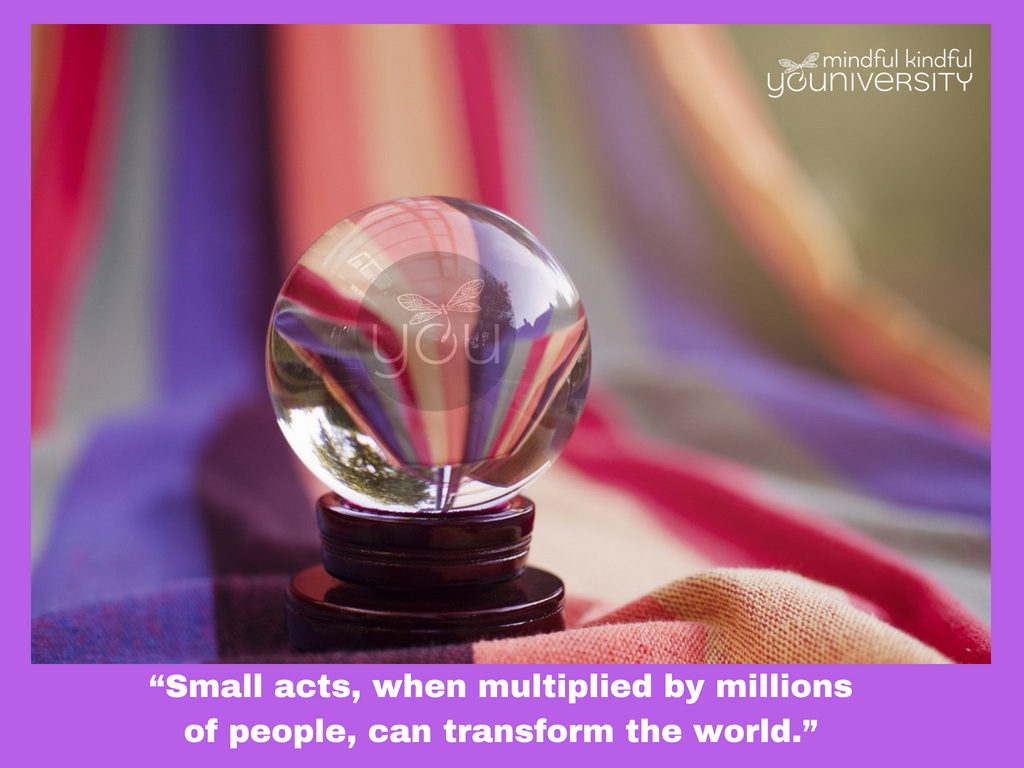
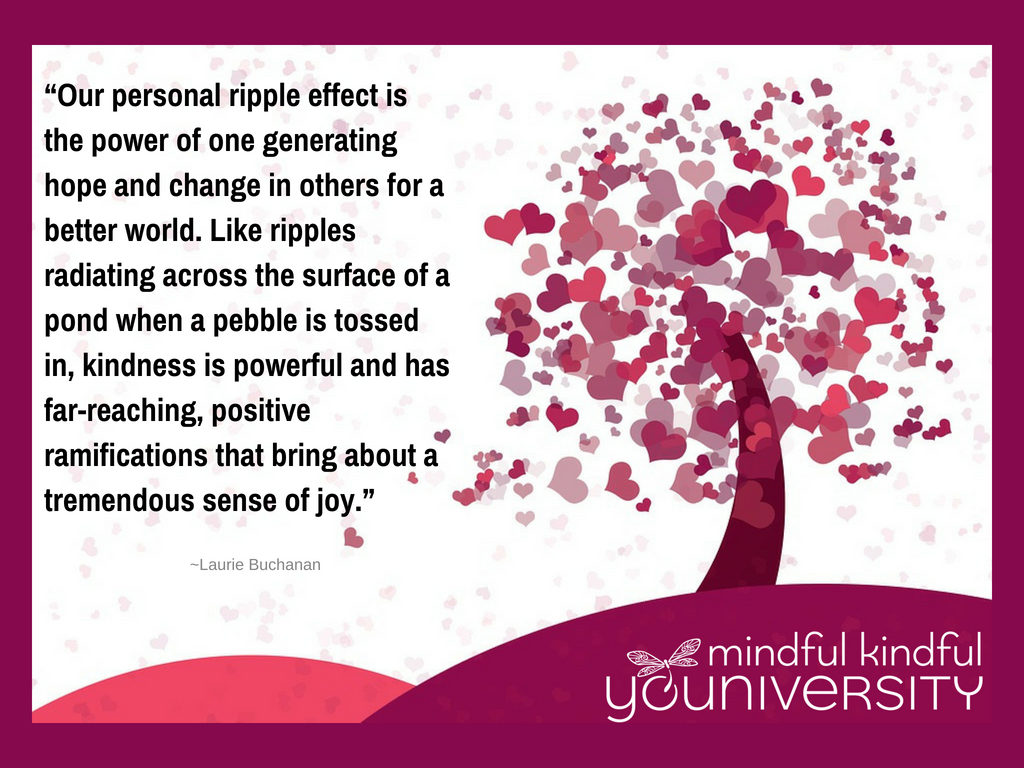
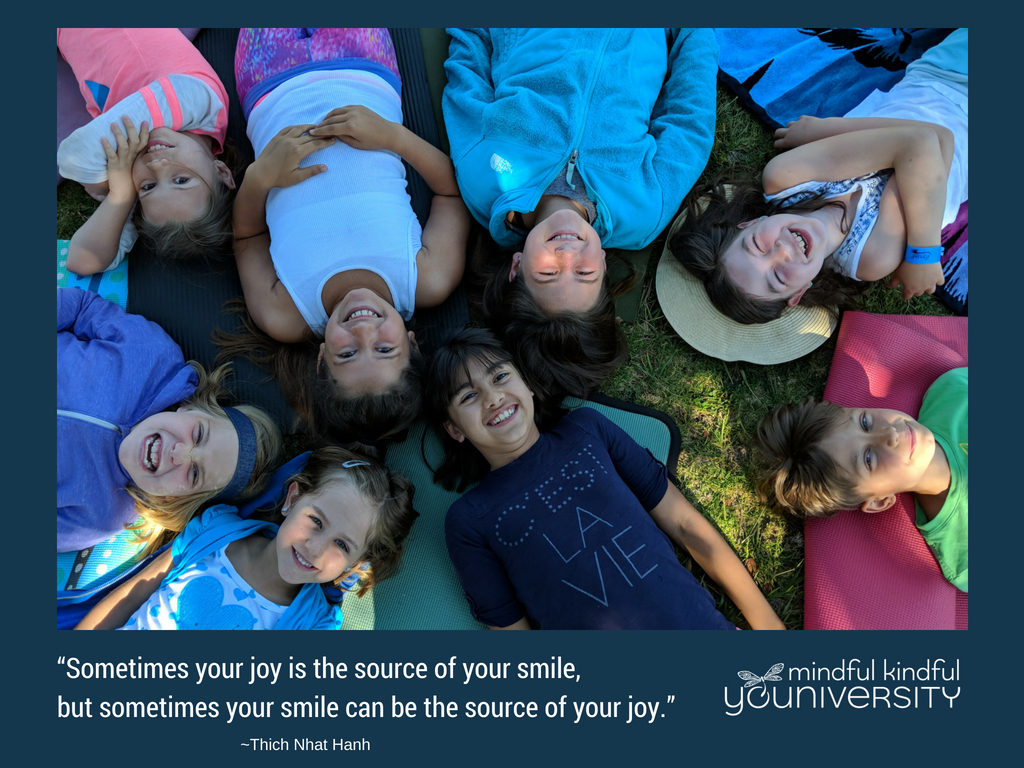

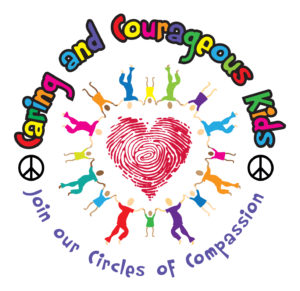

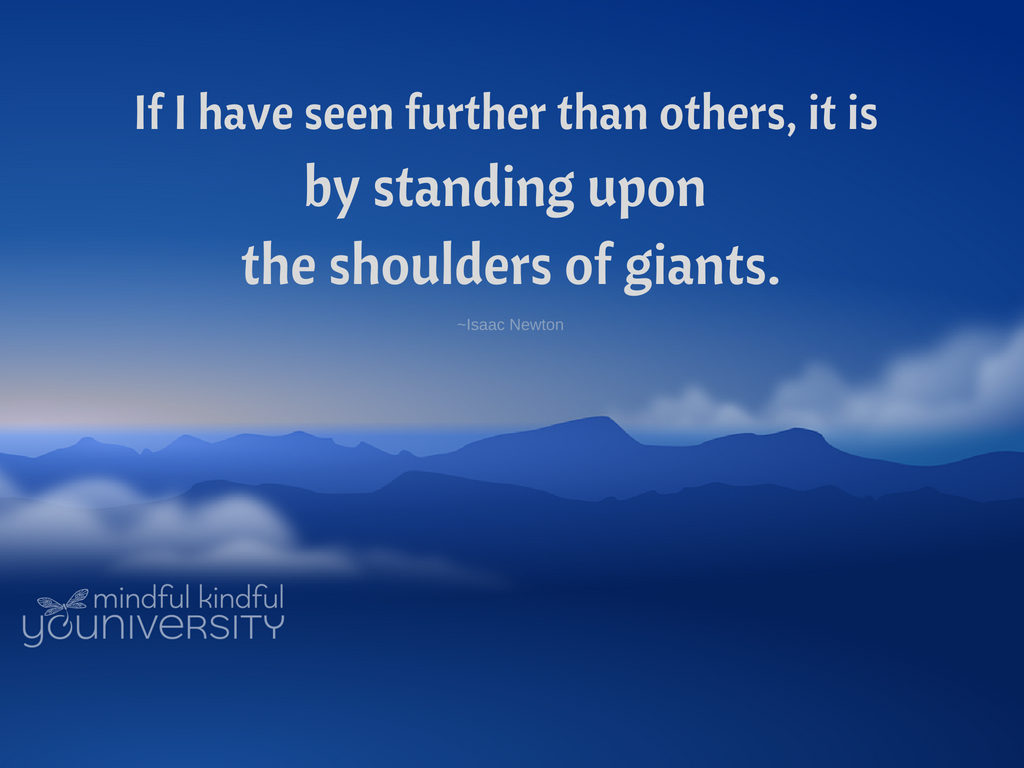
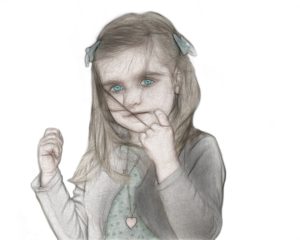
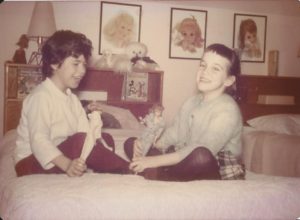
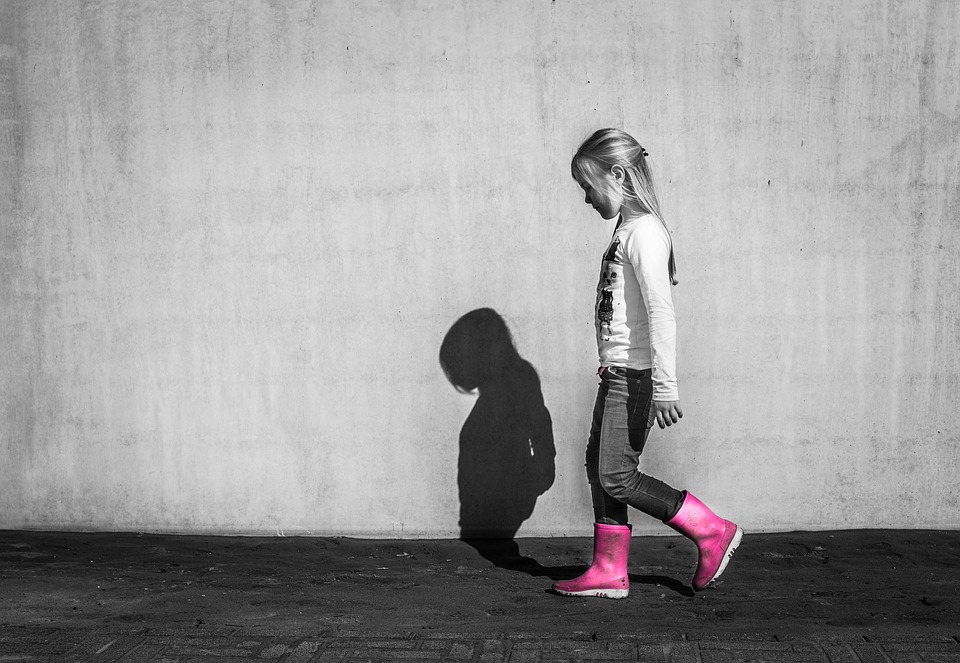
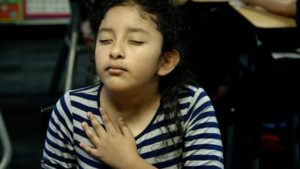
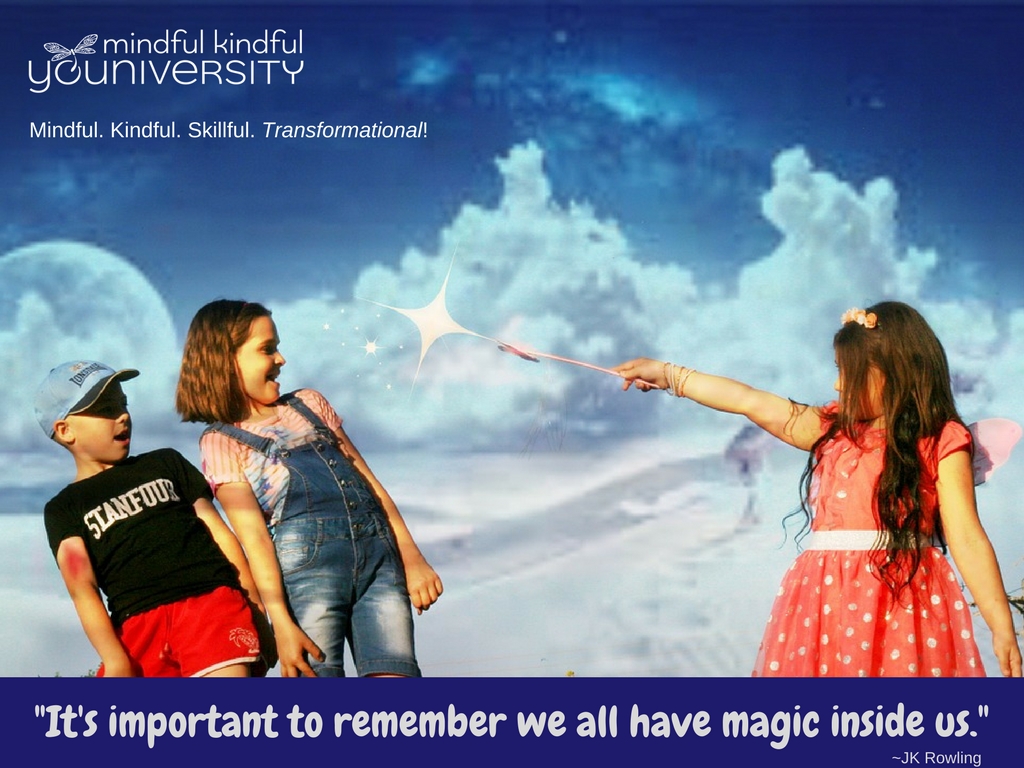
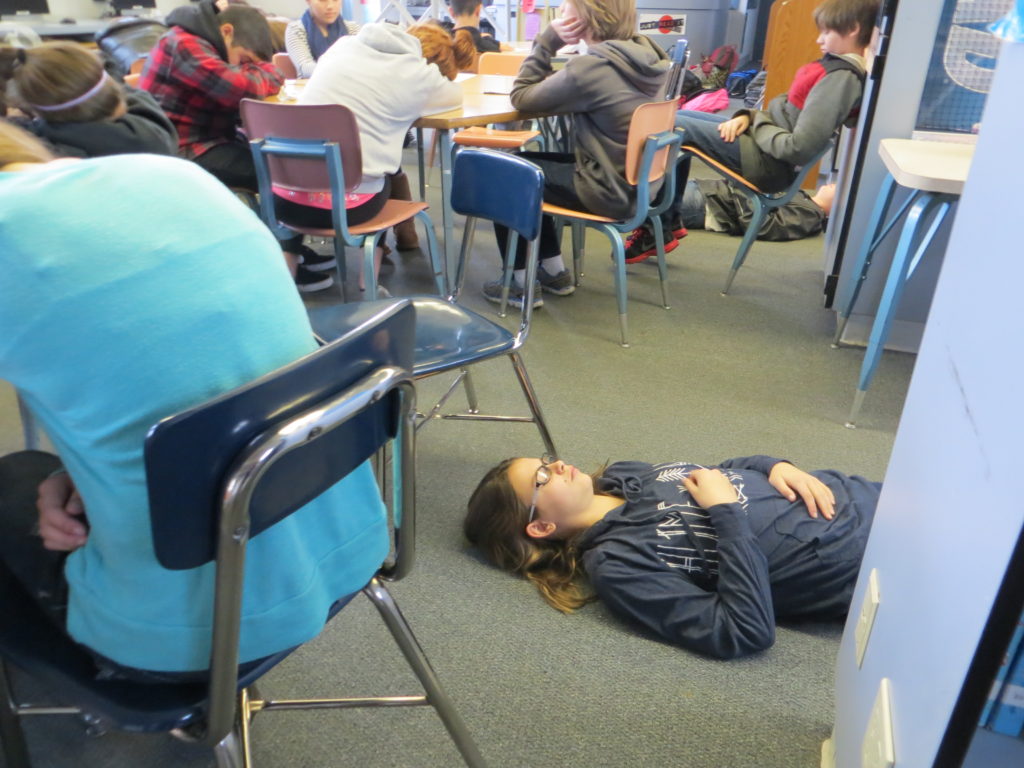
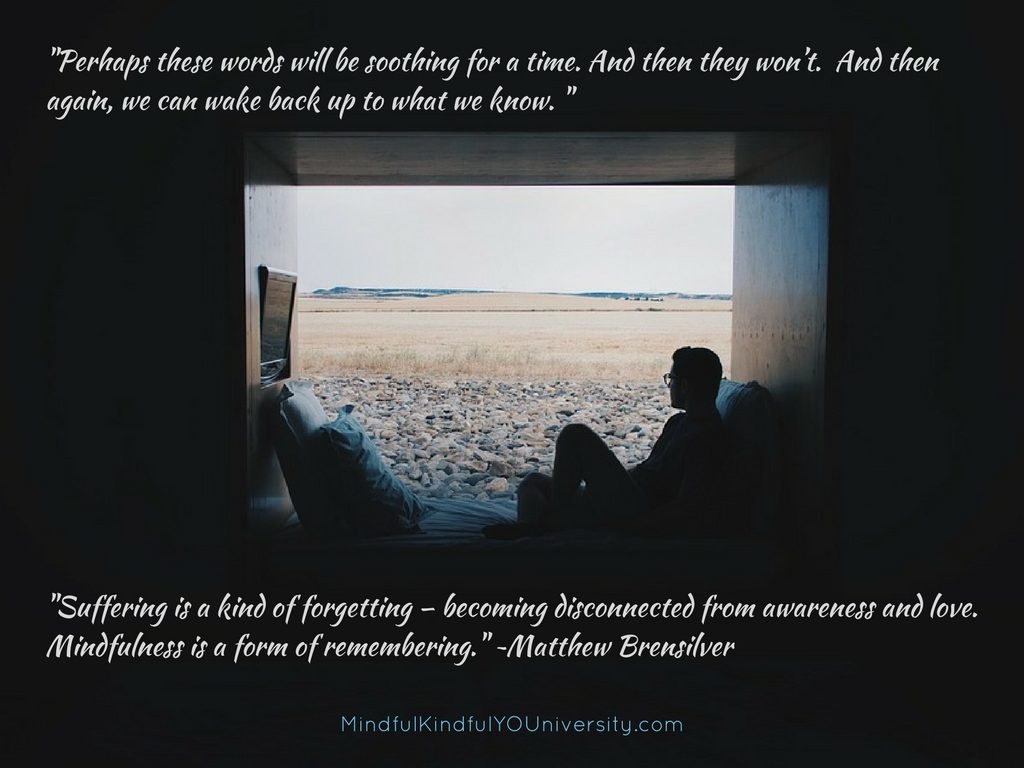
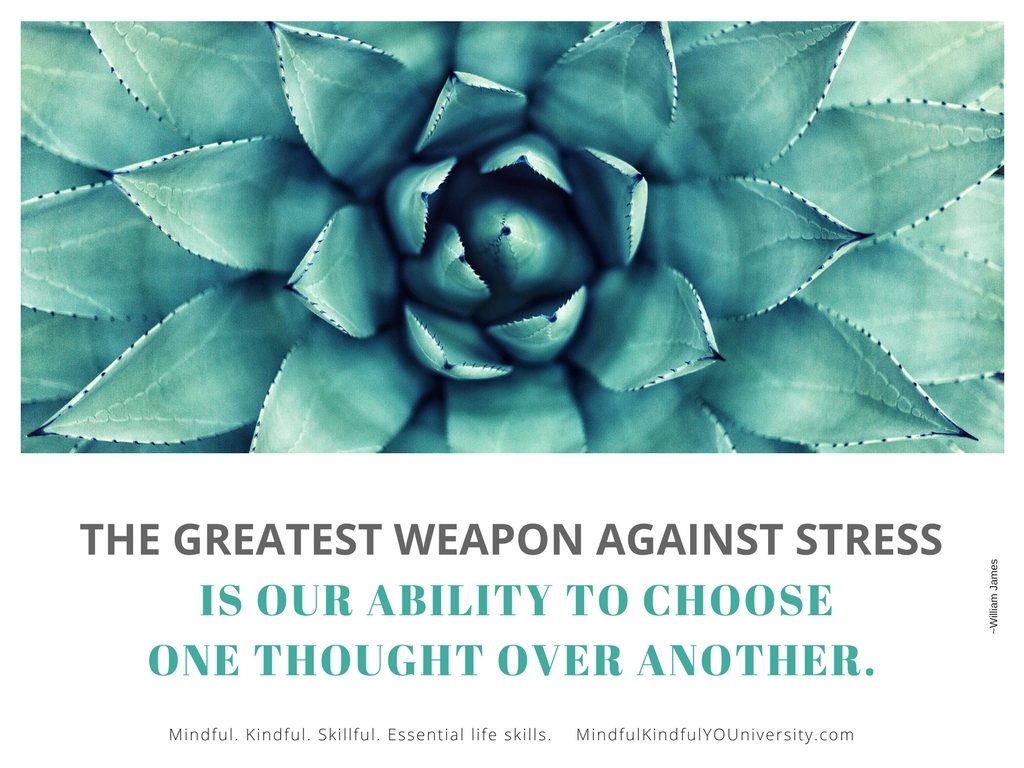
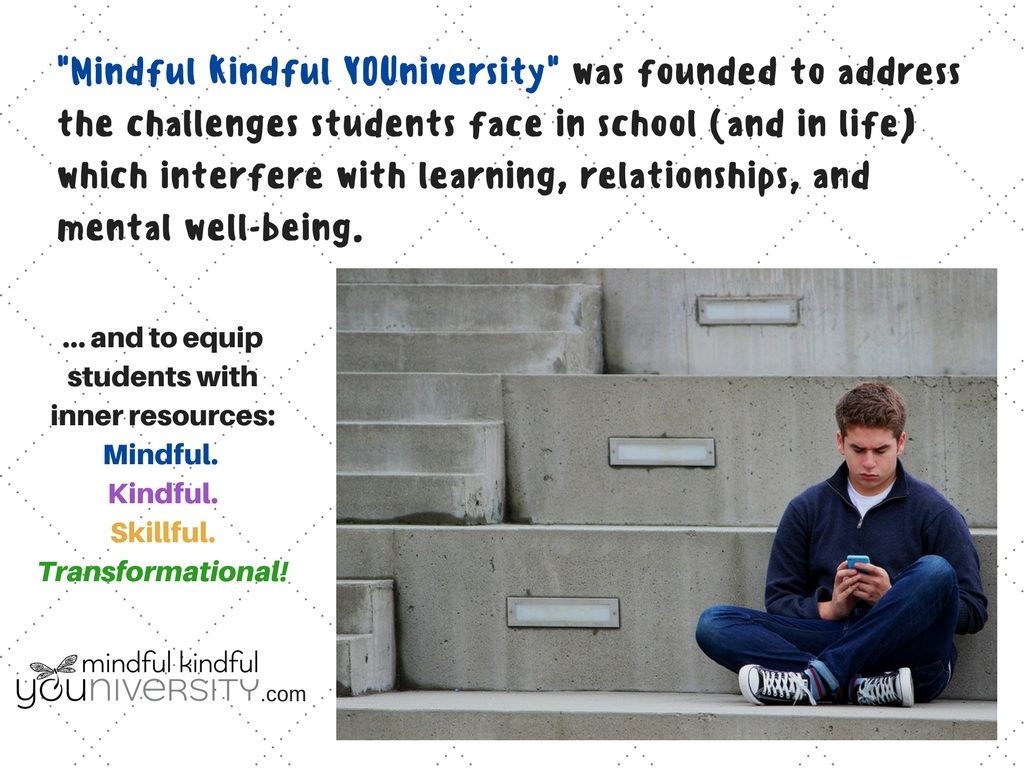
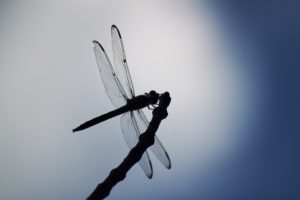
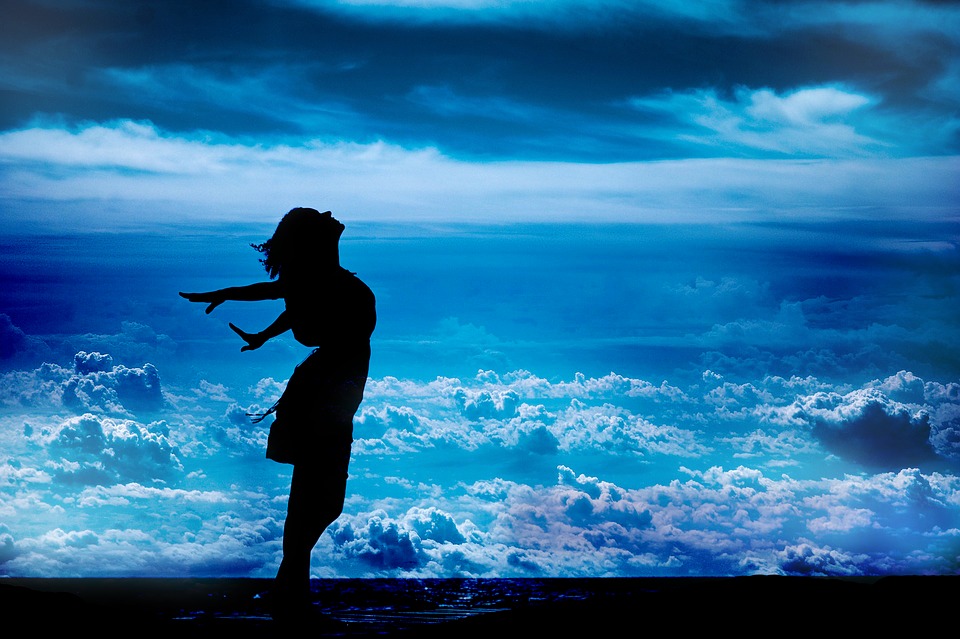
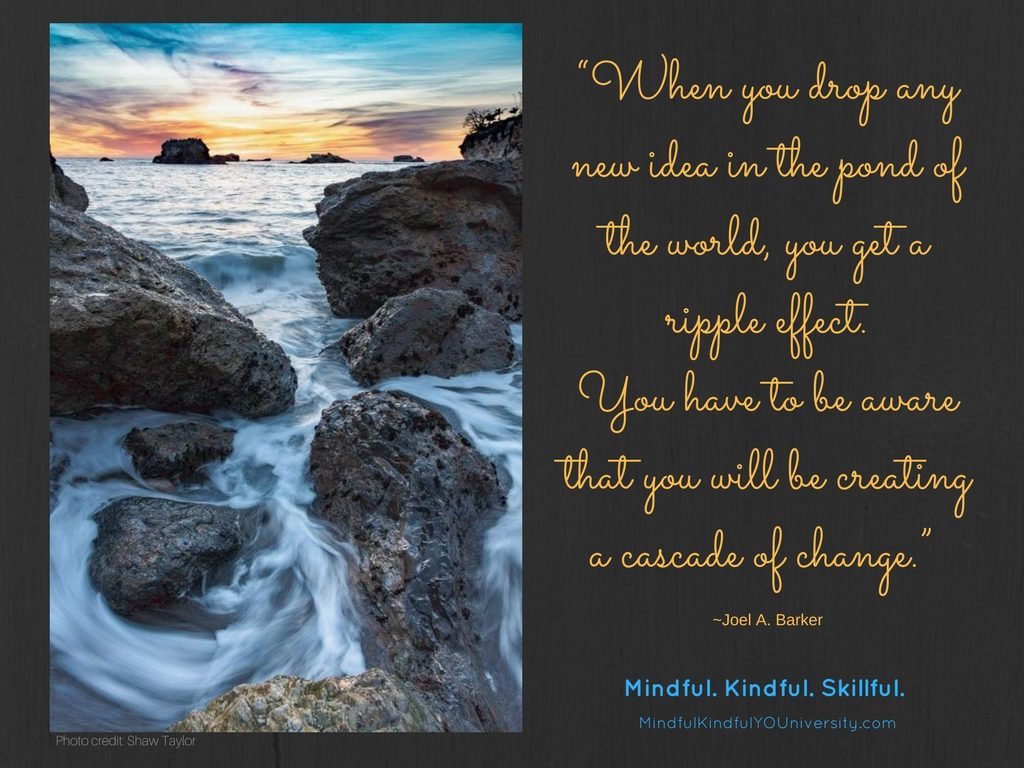
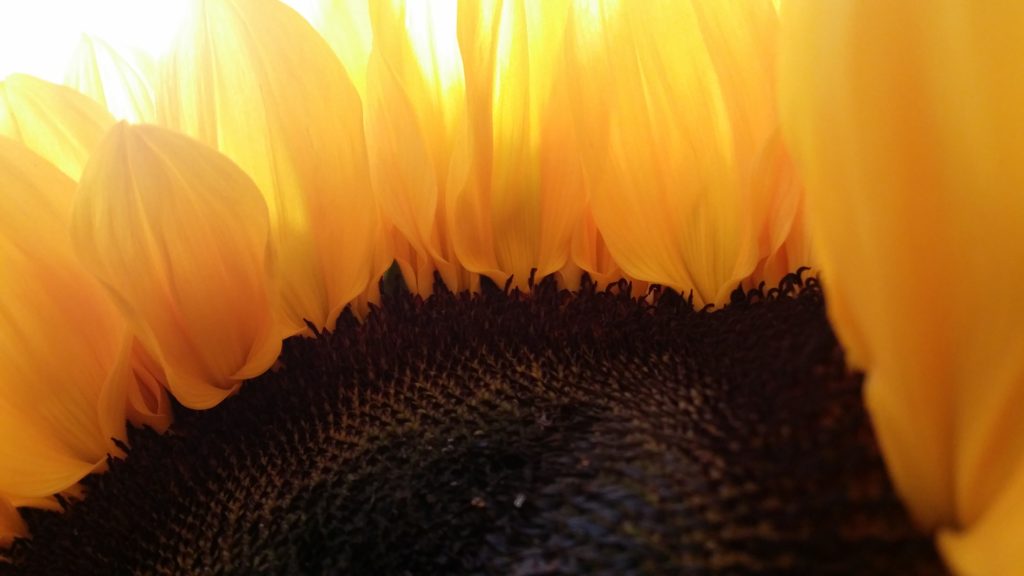

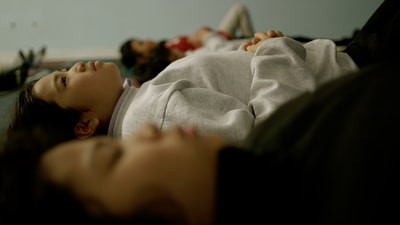
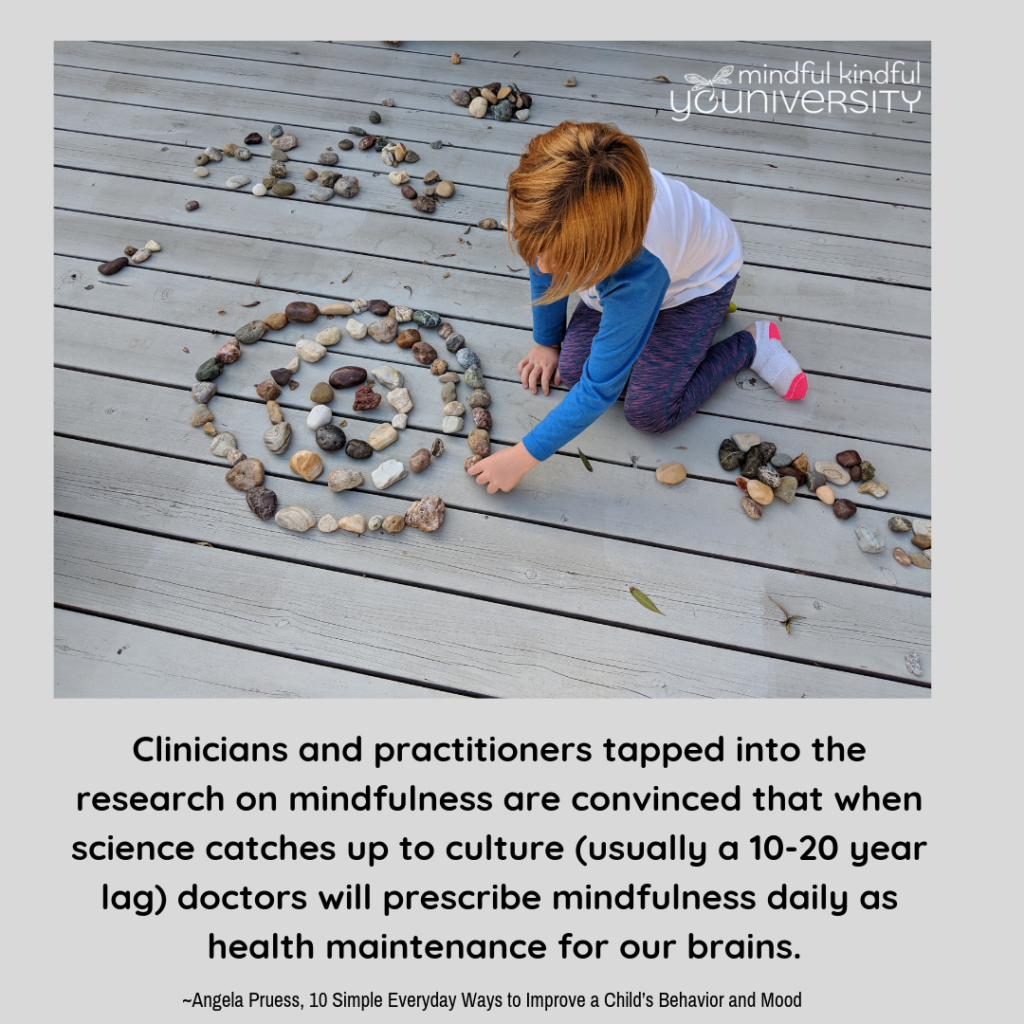
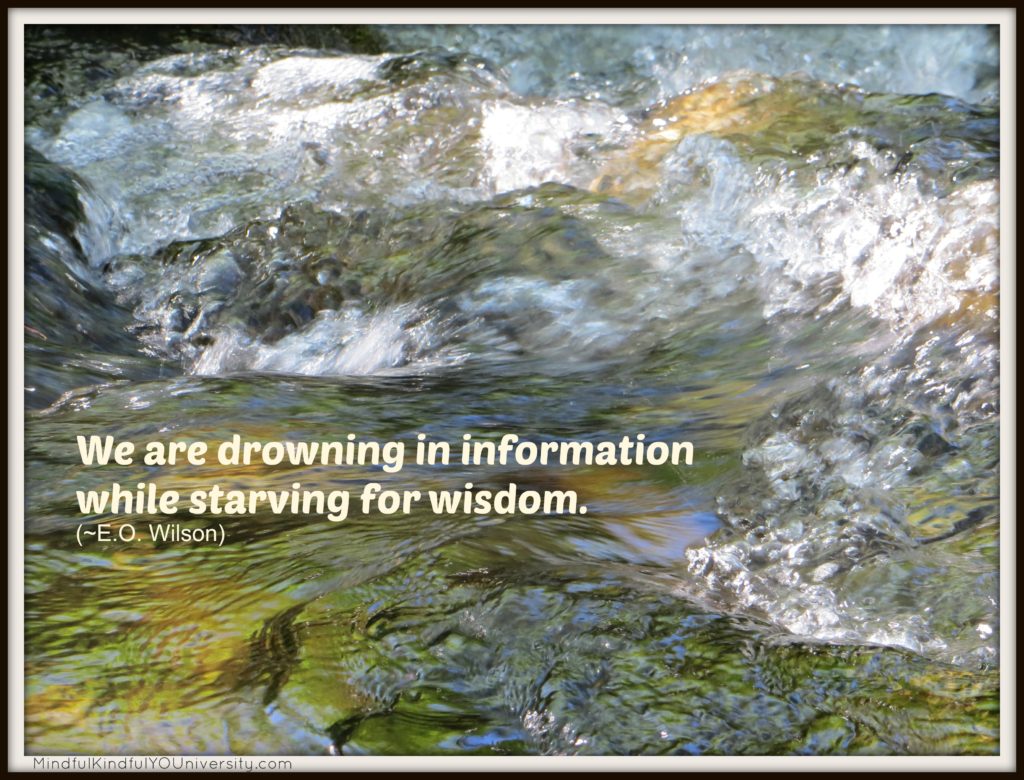 “Once upon a time”… that opening line still evokes such treasured memories from my youth. It meant a wonderful story was about to capture my wild imagination. I think of my fuzzy pj’s and my shredded blankie in a child-sized rocking chair reading my “Little Golden” books or special books from the library (oooh how I loved the smell of the pages!). I loved how, in the end, there was almost always a happy ending.
“Once upon a time”… that opening line still evokes such treasured memories from my youth. It meant a wonderful story was about to capture my wild imagination. I think of my fuzzy pj’s and my shredded blankie in a child-sized rocking chair reading my “Little Golden” books or special books from the library (oooh how I loved the smell of the pages!). I loved how, in the end, there was almost always a happy ending.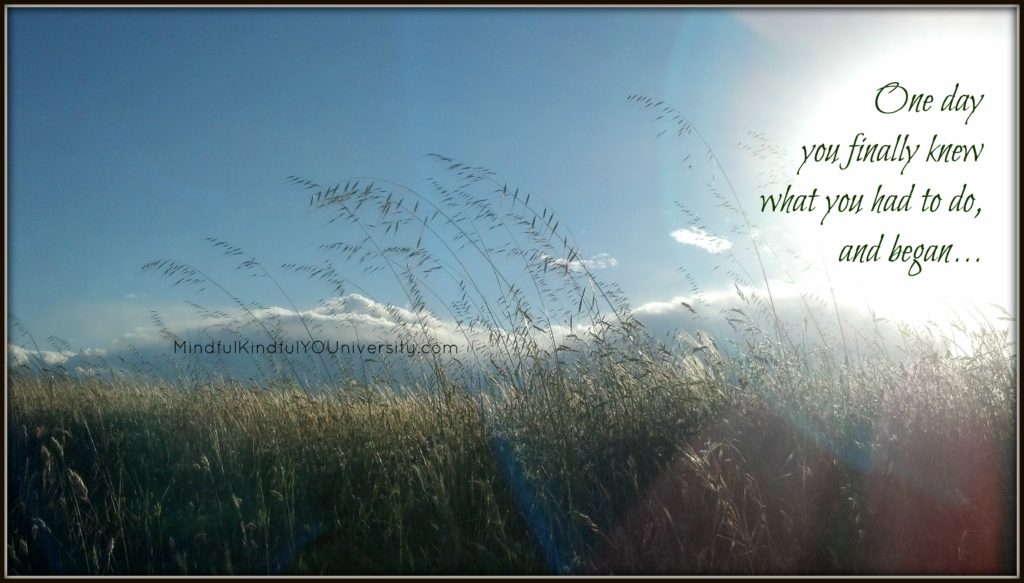

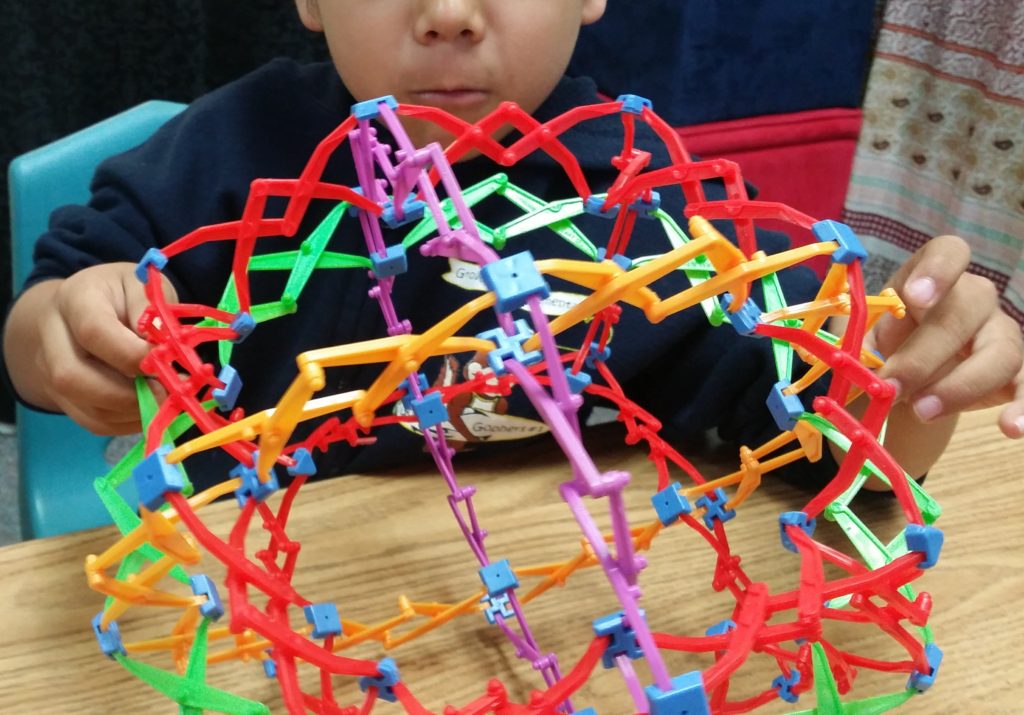
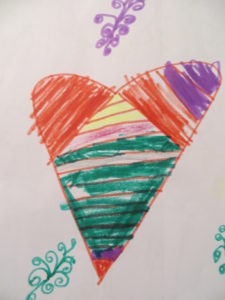 Last school year I had the privilege to teach a mindfulness program at an inner city elementary school in Sacramento where I was also serving as the district speech-language therapist. Each morning I started the day with a 30 minute class “Circles” class alternating among grades K-5. This school was probably the most challenging group of students I have ever worked with, but honestly it became one of the most rewarding experiences. So many of the students had severe behavioral challenges stemming from trauma and chronic stress. Working here was one of the reasons I decided to pursue the certification program through
Last school year I had the privilege to teach a mindfulness program at an inner city elementary school in Sacramento where I was also serving as the district speech-language therapist. Each morning I started the day with a 30 minute class “Circles” class alternating among grades K-5. This school was probably the most challenging group of students I have ever worked with, but honestly it became one of the most rewarding experiences. So many of the students had severe behavioral challenges stemming from trauma and chronic stress. Working here was one of the reasons I decided to pursue the certification program through